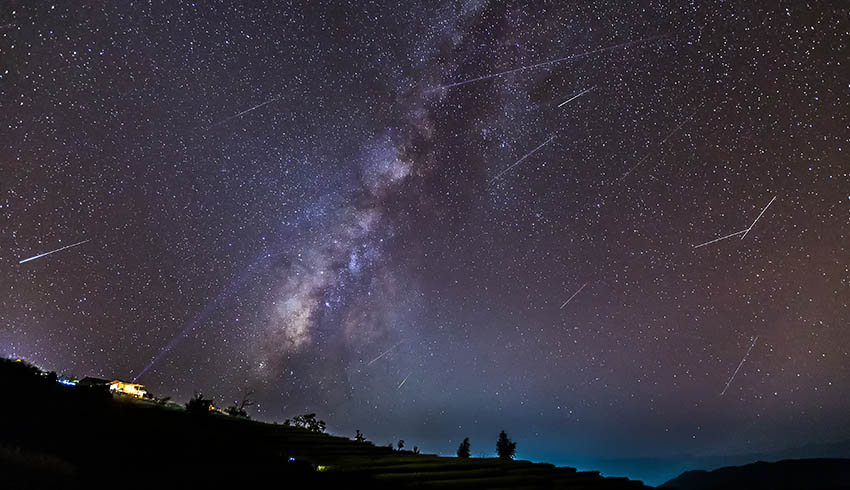The UK government said Argus 2 was the latest phase of a citizen science exercise to assess the viability of tracking of objects in space using commercially available cameras and lenses.
“The experiment is designed to explore affordable options for Space Situational Awareness, the process of tracking objects in orbit and predicting their future paths to help mitigate the risks to UK satellites posed by collisions with debris,” it said.
On the UK side will be scientists from the UK Defence Science and Technology Laboratory (Dstl).
In Argus 1, they collaborated with the Basingstoke Astronomical Society in the UK to track objects in low-Earth orbit 400 kilometres above the Earth.
Dstl scientists developed automated image processing tools and in-house orbit estimation software to analyse the large amount of data captured and learned valuable lessons on space surveillance.
For Argus 2, members of the Tamworth Regional Astronomy Club (TRAC) in NSW will observe satellites from the Southern Hemisphere.
That’s to ensure results are consistent with those captured by the Basingstoke amateur astronomers and to examine the benefits and challenges of processing observations from two sites.
To track objects in geostationary orbit 36,000 kilometres above the Earth, the Aussie astronomers will be using one of the only two historic 34-inch Hewitt camera/telescopes designed by the UK Radar Research Establishment in the late 1950s to monitor the early generation of satellites.
That came to Australia in the 1960s when the UK was conducting its space program from the South Australian outback. Its twin is in the Greenwich observatory in London.
As part of the project, they will also be observing redundant satellites, which have reached the end of their operational life.
In accordance with international guidelines, such satellites are moved 300 kilometres above GEO to the so-called graveyard orbit. Once there, they cannot directly collide with operational satellites in GEO.
However, long-term motion of these satellites is unknown. Argus 2 aims to better understand the evolution of the debris population.
Dstl space program manager Mike O’Callaghan said space situational awareness was fundamental to protecting the operation and security of satellites.
“As space becomes more crowded, the likelihood of collisions increases,” he said.
“By observing current satellites, we can help predict how they may behave in future and design measures to avoid collision. The data gathered with BAS was extremely useful, and we look forward to adding a new dimension with the Australians.”
Trevor Gainey from BAS added: “We enjoyed participating in the original Argus 1 project and testing our observational skills. We have more members interested in this follow-on project, so we are hoping for clear skies.”
TRAC spokesman Phil Betts, who is also Tamworth’s deputy mayor, said the club was delighted to contribute to this important work, which also has the backing of the Department of Defence.
Members will use a variety of equipment, ranging from their own cameras and telescopes to the club’s recently restored and upgraded Hewitt Camera.
“The Argus 2 project provides TRAC members with a great opportunity to use their observational skills and equipment for this important research program and may pave the way for similar pro/am and citizen science collaborations in the future,” he said.
The Tamworth Regional Astronomy Club Inc is a group of keen, local amateur astronomers in the Tamworth region of NSW with the aim of promoting the science of astronomy.
The club has been inspired by the Lowe Observatory located near Tamworth in the Moonbi Ranges at Bendemeer and the club’s acquisition of several large quality telescopes.
The club’s goal is to provide educational opportunities for people of all ages to learn more about astronomy. It conducts regular monthly meetings and observing nights through large optical telescopes and other educational activities and social events.
The club was established in 2015, become an incorporated, not-for-profit organisation in January 2016 and has been accepted by Tamworth Regional Council as a Section 355 Committee.
Under the Section 355 arrangements, the club is planning to develop an Astronomy and Science Education Centre and Planetarium Theatre and also a Roll-off Roof observatory at Victoria Park in the Botanical Gardens precinct located in East Tamworth.

